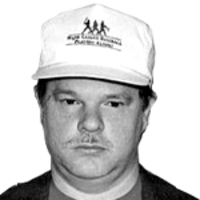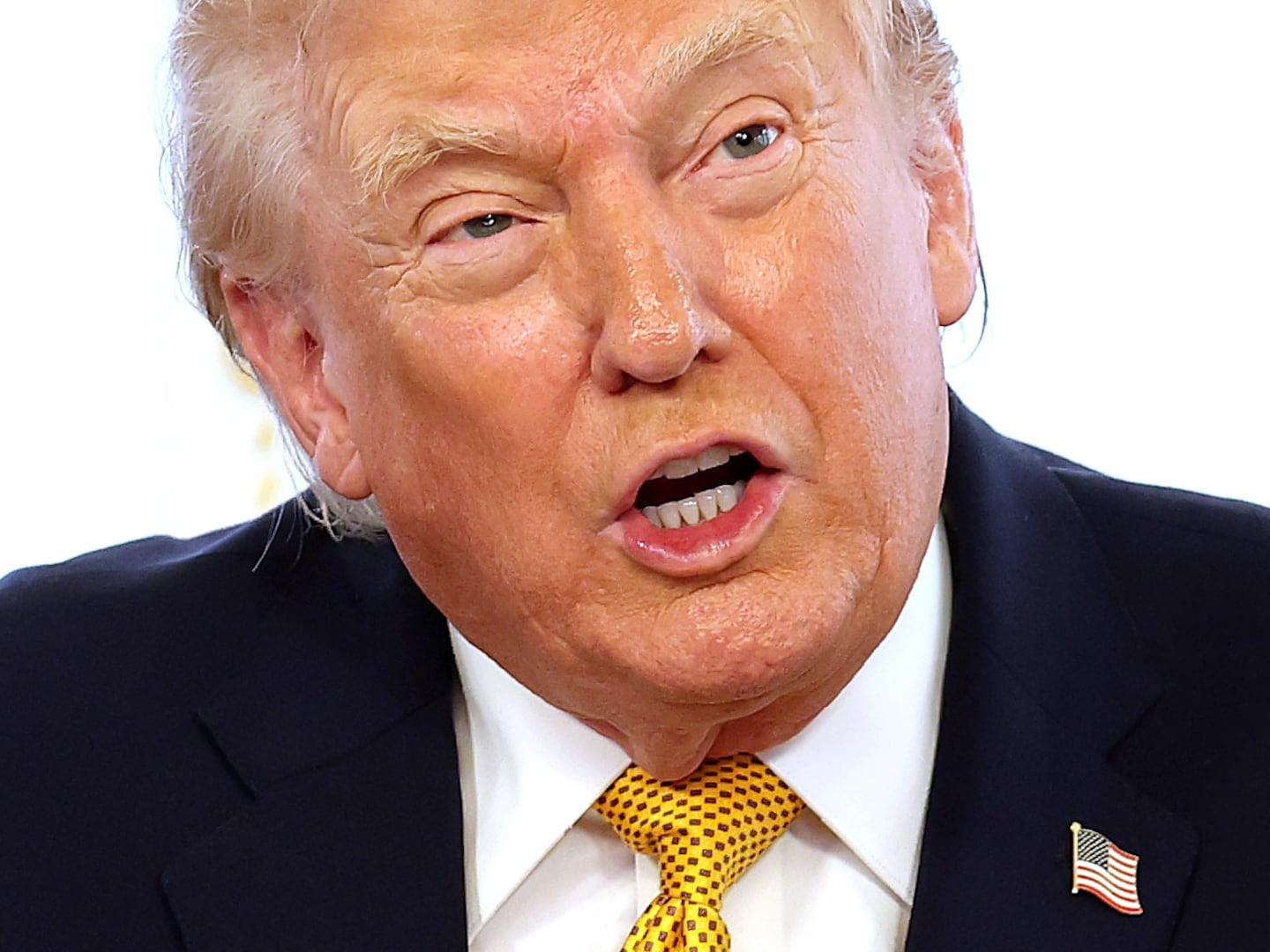The brainchild of the brothers Joe and Tony Gayton, AMC’s Hell on Wheels is the first Western on any size screen to tell the awesome and occasionally exhausting story of the post–Civil War construction of the transcontinental railroad. So far its strengths and weaknesses can be summed up in one sentence: it doesn’t aspire to be a Western, it aspires to be the Western. If ambition translated directly into achievement, Hell on Wheels would, at the least, be the best Western series since Lonesome Dove. Let’s just say that as Season 1 winds down, the train is not quite on schedule. (The last two episodes air this Sunday and next.)
Every episode in the first season has been directed by a solid TV veteran–David Von Ancken, who directed episodes 1, 2, and 8 (Californication and CSI: New York); Phil Abraham, episode 3 (Mad Men and The Sopranos); Alex Zakrzewski, episode 4 (CSI: New York, Treme); Adam Davidson, episode 5 (Treme, Big Love, Friday Night Lights); Michael Slovis, episode 6 (Breaking Bad); and Michelle MacLaren, episode 7 (producer and director, Breaking Bad). There hasn’t been a slack segment in the bunch, but the tone is uneven as different episodes linger over some characters more than others to a point where some of the series’ most important people can disappear for nearly an entire hour.
The look, though, is constant. Like all of the best movie and TV Westerns since 1993, Hell on Wheels can trace at least part of its lineage back to Tombstone, written by the late Kevin Jarre (who was also scheduled to direct it before being fired a few weeks into the project). Jarre’s attention to period detail in clothing, weapons, and language set a new standard for Westerns and has influenced the best in the genre since then. (In a July 2006 interview for American Heritage magazine, David Milch confessed to me that the color and authenticity of Tombstone’s dialogue had an impact on Deadwood.)
What Deadwood had that Hell on Wheels lacks is the sense of ongoing tension that was generated every week between crime bosses Ian McShane and Powers Boothe, with Timothy Olyphant’s town marshal caught between them. In contrast, Hell on Wheels often has too much happening to get a bead on where the story is going. The idea of a city on a constant move west, dismantling itself and putting itself back together further on down the line, is a terrific metaphor for the frontier, but not an easy subject for drama.

There’s another large problem, and it’s visual: The camp, where most of the story inevitably takes place, looks like a rat’s nest. As Wes Studi, playing a visiting Cheyenne chief, puts it as he peruses the camp in disgust, “This is the darkest, dirtiest place I’ve ever seen.” He got that right. The camp’s interiors make the mining town in Deadwood look like Rock Ridge in Blazing Saddles. But why do the outdoor scenes look as dank and drab as the gas-lit, sepia-toned interiors? The landscapes and sunsets in and around Calgary, where most of the series was shot, scream for some kind of Technicolor splendor that would indicate the beauty of the territory before civilization defiled it. Too often we’re left wondering why anybody would want to fight for such a God-forsaken place.
Nonetheless, Hell on Wheels, which was recently renewed for a second season, has some major strengths that may carry it through the Rockies and on to California. What has propelled the series so far and sustained it through some early rough patches are its carefully drawn characters and the actors who play them. Colm Meaney (hysterical just two years ago as Russell Brand’s pot-smoking dad in Get Him to the Greek) plays the railroad baron Thomas Durant as a desperate shantytown Irishman who sees the railroad’s completion as a chance to grab his portion of the American dream. Dominique McElligot’s Lily, widow of Durant’s surveyor, seems too English and too fragile to survive on this brutal wilderness, but each episode reveals a new layer of toughness and determination. Lily, who assumes her husband’s job as the railroad’s pathfinder, shows promise of developing into the most interesting female character in any recent Western.
Anson Mount’s former Confederate officer, Cullen Bohannon, wasn’t given enough to do in the earlier episodes, but as the series heads into the final two weeks he is settling in. All we’re told about Bohannon’s past is that he’s on the lookout for Union soldiers who murdered his family in Mississippi. More than any other character, Bohannon shows the emotional scars that drove him to the roving railroad camp and the skills that made him Durant’s logical choice for the railroad boss—or de facto lawman in an otherwise lawless society. (Mount’s character seems to be modeled on early photographs of Wyatt Earp, who put in time on the railroad.)
Hell on Wheels also features two powerhouse actors who, in every episode, enter the story as if through a side door and then take it over. One is Studi as Chief Many Horses, a Cheyenne leader caught between his duty to protect his people and the growing dread that the railroad and what it represents cannot be resisted (though Studi’s sonorous oaths seem powerful enough to derail a locomotive). No character on the show is more conflicted than Many Horses: one son is a “Dog Soldier” of the Cheyenne military elite, while the other, a convert to Christianity, works with the camp’s preacher.
As Elam, a former slave, Common, the rapper and nemesis of Fox News, is a real find. Sculpted, smoldering, and defiant, he is first presented as the natural enemy of Bohannon, a former slave owner. They square off in the most memorable and authentic bare knuckles boxing match I’ve ever seen on film. The two are smart enough, though, to see that their mutual interests lie in the completion of the railroad, and their grudging relationship is almost as complex and interesting as that of Timothy Olyphant’s U.S. marshal and Walton Goggins’s meth lord on Justified.
All these and many other characters—perhaps one or two too many, it sometimes seems—are brought together in temporary alliances forged by loss or desperation. Bohannon and Elam have lost their families and the customs of the Old South; Lily has lost her beloved husband and means of support and is alone in a savage land. The Cheyenne see their way of life destroyed with every mile of track Durant’s crew puts down. Every week offers possibilities of new treaties and fresh hostilities: North vs. South, East vs. West, black against white, Irish against Anglo, Irish vs. Irish, bosses vs. proles, Indians against railroad men of all color, and nature against all. Life in this world is like a deadly game of chess that moves as you play it.
I don’t think there’s been a Western of any kind that showed such compassion and insight for the cultural, sexual, and racial threads that comprised America’s settling of the Western Plains. Hell on Wheels needs more narrative snap and might benefit from better cinematography, and I wouldn’t mind seeing a couple of minor characters that take up too much of the plot dropped. But there’s the potential here for something really unique—a cutaway view of the mud, blood, muscle, sweat, and grit behind the history.






